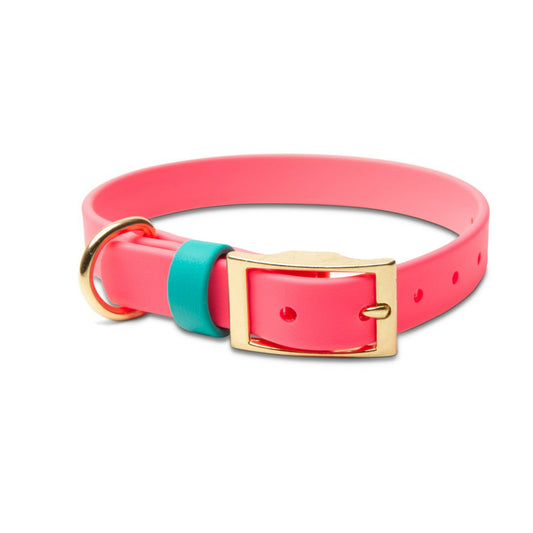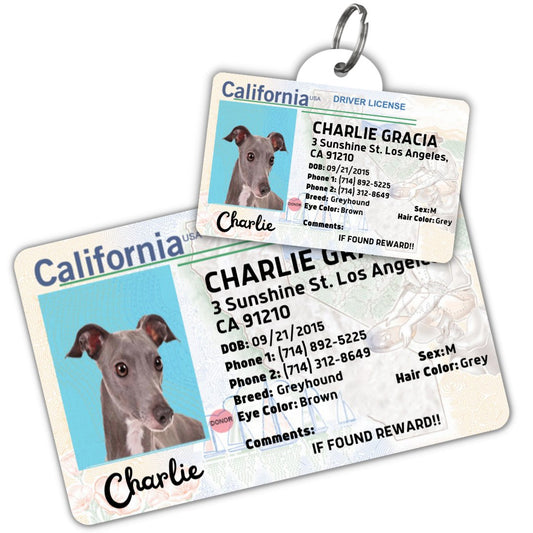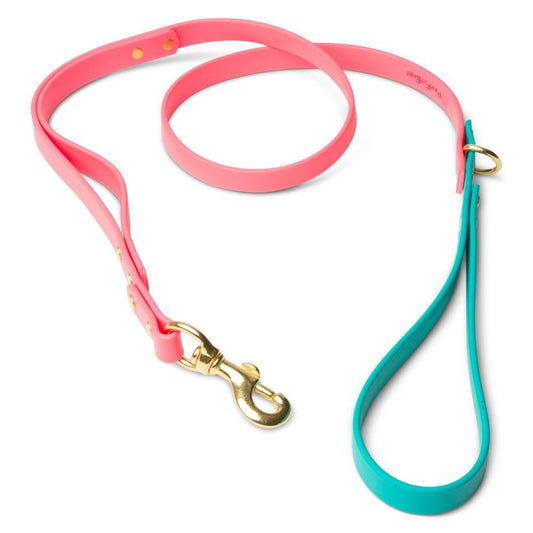
Finding the Perfect Dog Breed: A Comprehensive Guide
Are you considering adding a furry friend to your family? The decision to get a dog is an exciting one, but it's important to choose the right dog breed that suits your lifestyle and preferences. With so many different breeds to choose from, it can be overwhelming to know where to start. That's why we've created this comprehensive guide to help you find the perfect dog breed for you and your family.
Factors to Consider When Choosing a Dog Breed
Before diving into the world of dog breeds, it's essential to consider several factors that will influence your decision. By understanding these factors, you can make an informed choice that aligns with your lifestyle and preferences. Let's explore some critical considerations:
Compatibility with Children
If you have children, it's crucial to choose a dog breed that is compatible with them. Some breeds are naturally good with children and have a loving and gentle nature, such as the Labrador Retriever. On the other hand, breeds like the Alaskan Malamute are better suited for outdoor work and may not be as content indoors with a family. While individual dogs within a breed may vary, researching breeds known for their compatibility with children can help guide your decision.
Energy Level
The energy level of a dog is an important factor to consider, especially if you live in an apartment or have limited space. High-energy breeds require ample exercise and mental stimulation to prevent boredom and destructive behaviors. If you're unable to provide the necessary outlet for a high-energy dog, it may be best to consider a breed with a lower energy level.
Size
The size of a dog is another crucial consideration. If you have a small living space, a smaller breed may be more suitable. It's important to note that even gentle giant breeds like Mastiffs may unintentionally knock down small children due to their size. Similarly, small breeds that are trained for herding or ratting may nip at children's heels. Understanding the potential size and behavior of a breed can help you make an informed decision.
Trainability and Intelligence
The trainability and intelligence of a dog can greatly impact your experience as an owner. If you have specific training goals in mind, such as obedience or tricks, choosing a breed known for its trainability can make the training process smoother. Some breeds are highly intelligent and eager to please, while others may be more stubborn and challenging to train. Consider your training expectations and find a breed that aligns with them.
Grooming Care
Different dog breeds have varying grooming needs. Some breeds have long, shedding coats that require regular brushing and maintenance, while others have short, low-shedding coats that are easier to manage. If you or a family member have allergies, you may want to consider breeds with hypoallergenic traits. Understanding the grooming requirements of a breed can help you determine if you're willing to invest the necessary time and effort.
Special Needs
Certain dog breeds have specific needs or considerations that potential owners should be aware of. For example, brachycephalic breeds like Bulldogs may have respiratory issues and require special care. Working dog breeds, such as those used for search and rescue, may require extensive training and mental stimulation. Considering any special needs or requirements of a breed can help ensure that you can provide the necessary care and support.
Now that we've explored some critical factors to consider let's dive deeper into the process of choosing the perfect dog breed.
How to Pick the Right Dog Breed
Choosing the right dog breed involves careful consideration and research. Whether you decide to adopt from an animal shelter, a breed rescue, or a breeder, it's essential to gather information and make an informed decision. Here are the steps to help you pick the right dog breed:
Step 1: Research
The first step in choosing the right dog breed is to conduct thorough research. Take the time to learn about different breeds, their characteristics, temperaments, and exercise needs. Consider your lifestyle, living situation, and family dynamics to find a breed that aligns with your preferences. Online resources, breed books, and speaking to experts can provide valuable insights into different breeds.
Step 2: Evaluate Your Family's Needs
Involving the entire family in the decision-making process is crucial. Discuss everyone's expectations, preferences, and requirements when it comes to a furry family member. Consider factors such as allergies, activity levels, and compatibility with children. By evaluating your family's needs collectively, you can find a breed that suits everyone's lifestyle and preferences.
Step 3: Visit Animal Shelters and Rescue Groups
Visiting local animal shelters and rescue groups is an excellent way to meet potential furry companions. These organizations house pets that are seeking their forever homes and often have a wide selection of breeds and mixed breeds. By interacting with the dogs and discussing your preferences with shelter staff, you can find a dog that matches your criteria.
Step 4: Consider Breed-Specific Rescues
If you have a specific breed in mind, consider reaching out to breed-specific rescue organizations. These rescues specialize in specific breeds and often have a thorough understanding of their dogs' personalities and needs. They can help match you with a dog that suits your lifestyle and preferences. Rescue organizations also offer the opportunity to adopt a purebred dog of any age.
Step 5: Connect with Reputable Breeders
If you decide to go the breeder route, it's essential to connect with reputable breeders who prioritize the health and well-being of their dogs. Research and ask for recommendations to find breeders with a good reputation. When contacting breeders, share details about your lifestyle and what you're looking for in a dog. A reputable breeder will assess their puppies' personalities and match them with suitable owners.
Step 6: Visit Potential Dogs Multiple Times
When you've identified potential dogs, it's essential to visit them multiple times before making a final decision. This allows you to observe their behavior, interactions, and temperament in different situations. Most shelters, rescues, and breeders require multiple visits to ensure that you are fully aware of the dog you are bringing into your home.
Step 7: Patience is Key
Choosing the perfect dog breed is not a decision to be rushed. Take your time, do your research, and trust your instincts. Bringing a dog home is a long-term commitment that can last for over a decade. By exercising patience and careful consideration, you'll be well on your way to finding the perfect dog breed for you and your family.
Conclusion
Choosing the right dog breed is an important decision that requires careful consideration. By evaluating factors such as compatibility with children, energy level, size, trainability, grooming care, and special needs, you can find a breed that suits your lifestyle and preferences. Whether you choose to adopt from an animal shelter, work with a rescue group, or connect with a reputable breeder, the process of finding the perfect dog breed can be a rewarding and exciting journey. Remember to take your time, do your research, and involve the whole family in the decision-making process. With patience and careful consideration, you'll find a furry friend that brings joy and companionship to your home.
Visit pawfurever.com to explore our wide selection of dog breed tags and find your perfect match.
Tagged With: Adoption, Shelters
Disclaimer: The information provided in this article is for educational purposes only and should not be used as a substitute for professional advice. Please consult with a veterinarian or dog behaviorist for personalized guidance on choosing the right dog breed for your specific circumstances.





